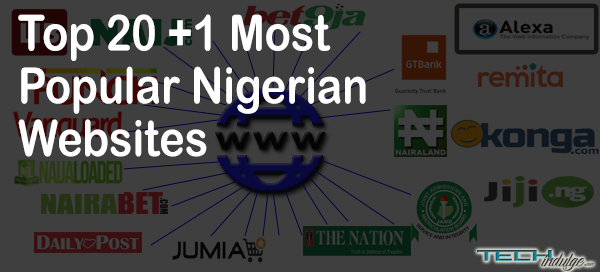Creating a website is a great way to establish an online presence and reach out to potential customers. It doesn’t matter if you’re a small business owner, freelancer, or just starting out – anyone can create a website with the right tools and guidance. Creating a website is easier than ever before, however for beginners, creating a website can seem like a daunting task but with the right tools and a little bit of know-how, it can be relatively simple and straightforward.
With the rise of website builders and content management systems, anyone can create a professional-looking website without needing to know how to code. In this guide, we’ll walk you through the steps of creating your own website, from choosing a domain name, selecting a web hosting provider, and designing and publishing your site. You can also reach us here for a one-on-one guide.
Step 1: Choose a Domain Name
Choosing a domain name is the first step to build a website. A domain name is an address that people will use to find your website, such as www.yourwebsite.com. When choosing a domain name, it’s important to choose something that is easy to remember and relevant to your website’s topic. You can purchase a domain name through a domain registrar such as GoDaddy or Namecheap.
Step 2: Choose a Web Hosting Provider
Once you have a domain name, you’ll need to choose a hosting provider. A hosting provider is a company that stores your website’s files on its servers, making them accessible to people on the internet. There are many hosting providers to choose from, such as Bluehost or HostGator, and many offer different plans for different needs.
Step 3: Choose a Website Builder or Content Management System
A website builder is a tool that allows you to create a website without having to write any code. Some popular website builders include Wix, Squarespace, and Weebly. If you are more technically inclined, you may want to consider using a CMS such as WordPress, Joomla, or Drupal.
A CMS gives you more control over the design and functionality of your website, but it may require some technical knowledge. A CMS is software that allows you to easily create and manage the content of your website. WordPress is one of the most popular CMS options and is free to use. It’s also very user-friendly and easy to use for beginners. With these tools you can create a website with ease and without code.
Step 4: Design your Website
Once you have chosen your website builder or CMS, you can start designing your website. This involves choosing a layout, adding content, and uploading images. You may also want to choose a theme or template to help you get started to create a website that is stunning. If you are using a CMS, you will need to choose a theme or template and install it on your website.
There are many free and paid themes to choose from, and many are customizable to fit your needs. When choosing a theme, it’s important to choose one that is responsive, meaning it looks good on both desktop and mobile devices. If you are using a website builder, you will have a range of templates to choose from, and you can customize the design to suit your needs
Step 5: Create Content and Customize Your Website
Once you have chosen a theme, you can start creating content for your website. This includes writing text, adding images, and creating pages and posts. With a CMS like WordPress, you can easily create and manage your website’s content. You will also need to create pages for your website, such as an About Us page, Contact Us page, and Services page. When adding content, be sure to use keywords that are relevant to your business or personal brand. This will help search engines understand what your website is about and make it easier for people to find you online.
After you’ve created your content, you can start customizing your website. This includes adding widgets, customizing the menu, and adding other features. With a CMS like WordPress, there are many plugins and widgets available to add extra functionality to your website.
Step 6: Publish Your Website
Once you’ve finished customizing your website, you’re ready to publish it. This means making it live on the internet so that people can visit your website. To do this, you’ll need to connect your domain name and hosting account. This is usually a simple process, and your hosting provider can help you with this in some cases.
Step 7: Promote Your Website
Finally, you will need to promote your website. This involves using search engine optimization (SEO) techniques to improve your website’s ranking in search engines. You can also use social media, email marketing, and other digital marketing techniques to promote your website.
To create a website can seem daunting, but with the right tools and a little bit of patience, anyone can do it. By following these steps, you’ll be well on your way to creating a professional-looking website. In conclusion, creating a website has never been easier.
Whether you are starting a blog, a small business, or a personal website, with the rise of website builders and content management systems, it’s possible to build a website with minimal technical knowledge. By following the 7 steps I’ve outlined in this guide, you’ll be able to create a website that is easy to navigate, responsive. You may also contact us here for assistance.


